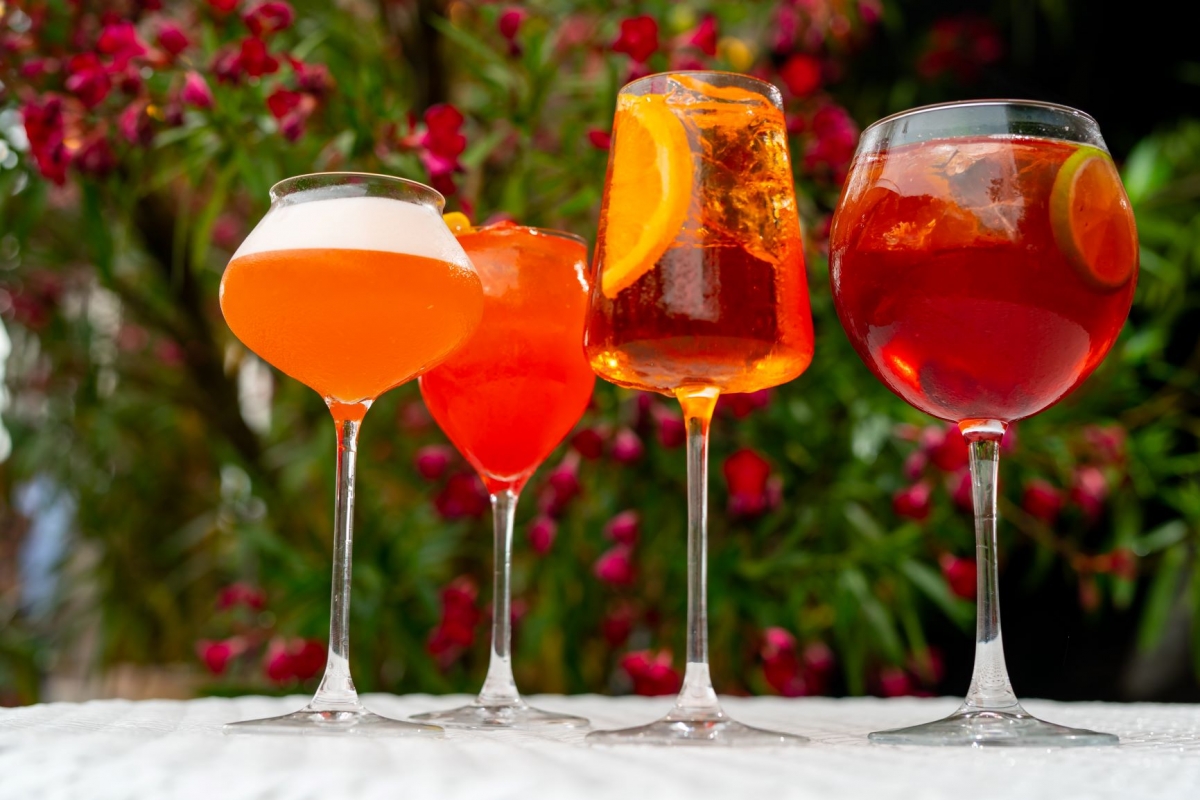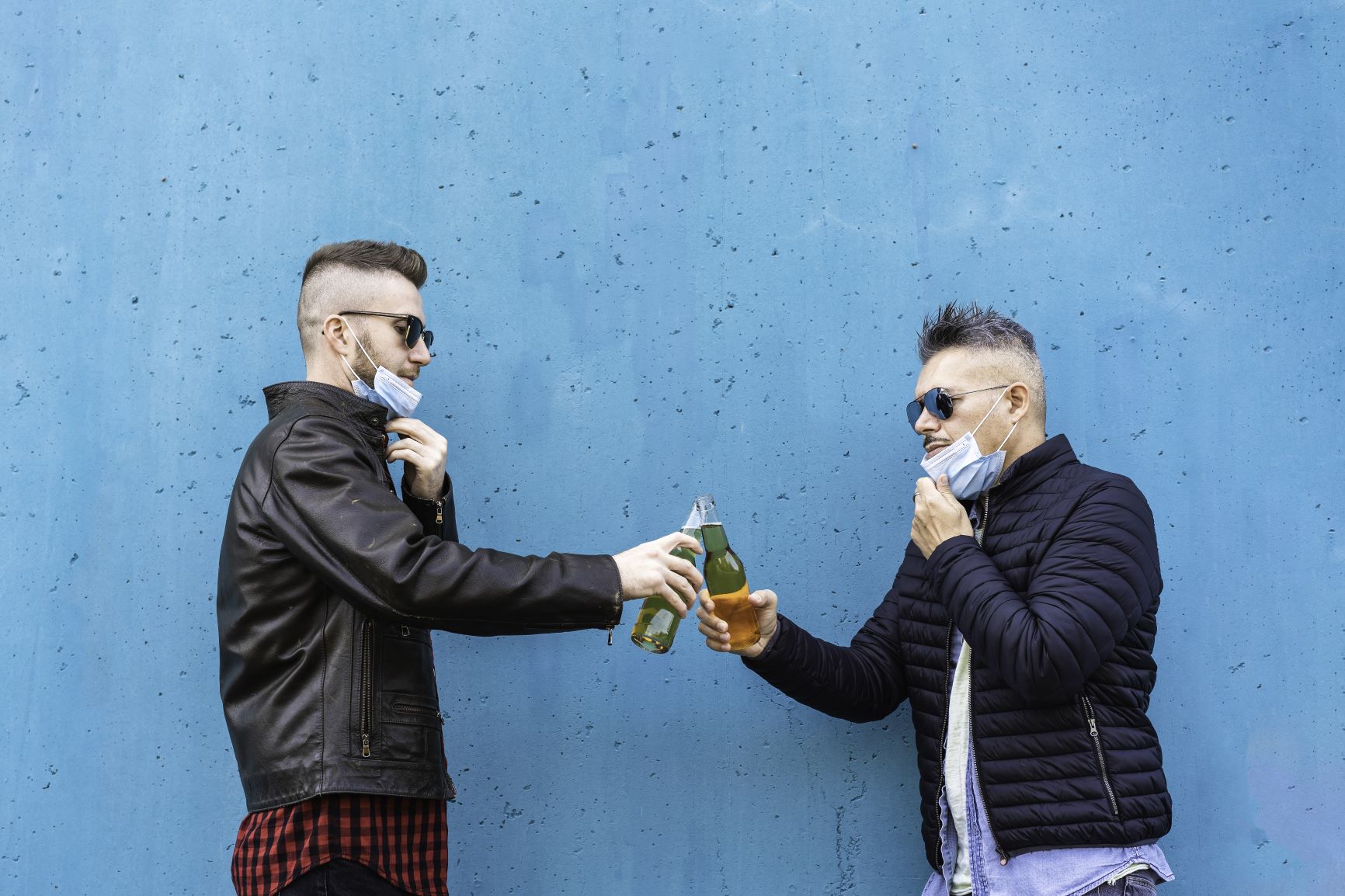FRUITIEST YEAR YET? COVID-FUELED TRENDS IN FRUIT-FORWARD CRAFT BEV
Is it any surprise the UN named 2021 the "International Year of Fruits and Vegetables"?

In the craft beverage world of 2020, little was left unturned by COVID-19. Consumer buying patterns shifted from taprooms toward "to-go" options, from single-serve glasses to pre-canned value packs. But in the transition years of 2021 and beyond, are we seeing shifts in fruit flavor preferences as well?

Consumer Trends
The predictions started rolling in between Q4 2020 and Q1 2021. By that time, researchers could share 6-12 months' worth of consumer-driven data about changes to purchasing patterns. Outlets like Nutritional Outlook were citing the rise in comfort-driven flavor preferences: nostalgic and familiar flavors (often sweet), seasonal releases (often fruity). Product launches featuring fruit or fruit-flavored snacks were "off the charts".
Aside from familiarity and comfort, fruit took front-and-center for another key reason: immune health. With an enhanced awareness and appreciation for Vitamin C, consumer demand soon fueled an ascorbic acid shortage. (Old Orchard even launched an "Immune Health" line of fruit juice blends with added vitamins.)
Is it any surprise the UN named 2021 the "International Year of Fruits and Vegetables"?
Producer Trends
In an article for Beverage Industry, Sarah Graybill makes the fruity connection between consumer demand and producer strategy: "As beverage-makers utilize traditional and emerging flavors, fruit flavors continue to remain in the highest favor with consumers".
Despite pandemic-related delays to product development and new product launches, there has been no shortage of fruit-forward innovation:
-
One experimental Michigan brewery started the hard seltzer smoothie "war"—inspired, in part, by smoothie beers.
-
The IWSR named RTD cocktails the "fastest-growing alcohol beverage category in the U.S. market"
-
Bland seltzers were out and bold seltzers were in, like these examples made with real fruit juice ingredients: Fruit Smash ("say bye to basic seltzering") and SunSmash (“Sipping a hard seltzer shouldn’t feel like settling”)
-
Alcoholic Lemonades returned in full force across categories—including ciders like Blake's Farm Stand series and Bold Rock's Hard Mango Lemonade
-
Various big-name brands released fruited hybrids of iced tea + hard seltzer.
Future Trends
The fruit-forward trends in craft beverage show no signs of slowing down. If anything, there's a snowball effect: the more examples we see, the more experimental we get. The line between beverage categories continues to blur as hybrid fruit drinks become the norm.
So the real question is: what will you and your team be crafting next? If you need inspiration, feel free to start by browsing our flavor options. If you have any questions, we're just an email or phone call away.
Syrah "Sy" Linsley is the manager of Old Orchard's bulk supply program, which primarily serves the craft beverage industry with craft juice concentrates. Her passion for fruit-forward beverage evolved from the three years she spent as a fruitarian (only eating fruit) as well as the few years she worked in product development and fermentation. The highlight of Sy's day is to connect with craft beverage makers, so don't be shy: schedule a "Taproom Chat" or hear back from her through our contact form.

Want Brew Blog posts and bulk program updates emailed to your inbox monthly?
Just create an account with us and you'll be subscribed to our "Best of the Zest" Newsletter.
































